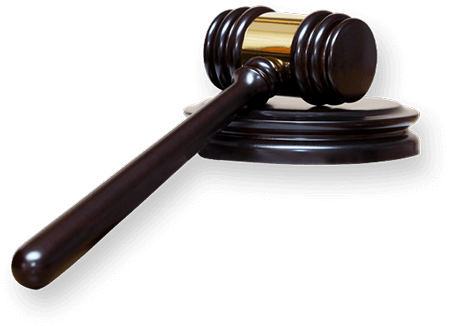Preface
This brief note is not legal advice and is for educational purposes only.
When you file a patent application you get a “priority date”. This is generally the earliest date that you filed and it establishes a date for “prior art” references. That is, during the patent examination process (called patent prosecution), references after the priority date cannot be used in the examination to reject your application. Thus, the importance of a priority date.
During prosecution you may have amended the claims to overcome some cited art and may have narrowed the scope of what was claimed. Often this is done to get the inventor an issued patent as soon as possible, for such purposes as fundraising, licensing, filing a lawsuit against an infringer, etc.
During prosecution you may also have received a “restriction” which basically says the examiner believed there was more than one invention in the application, and you had to pick which one to initially pursue. The others can be pursued if an application is co-pending in what are called “divisional” applications (think examiner divided your application).
Before the patent issues you have the option to file what is called a “continuation” application which is based on the originally filed application and most importantly gets its priority date. (There is also a continuation-in-part (CIP) – which can introduce new matter – it gets complicated.)
Quick Discussion
So why would you want to file a continuation? There are several reasons.
- You want to try and get broader claims,or the claims you initially filed.
- You want to claim other embodiments disclosed but not claimed.
- Perhaps the most strategic reason for filing a continuation is to keep the application alive for possible infringers. In the scenario where infringers come along, they may have a slight variation of your invention, which you disclosed in the specification but did not claim. Now in patent infringement litigation you really want what are called "dead on claims" which have every element of the infringer's device. Yes, you can use the doctrine of equivalents and other approaches but a jury is more easily convinced if they see every element of your claim one for one in the infringer's device. With a continuation application as a place holder, if you will, you have the opportunity to write "dead on claims" that may be allowed. Additionally, if you have disclosed material not claimed and the market moves in that direction, it's a good idea to file claims that cover where the market is moving.
Conclusion
- Continuations, continuations-in-part, and divisional applications can get complicated very fast - if you want to possibly keep your options open talk to a patent attorney BEFORE your initial patent issues.






